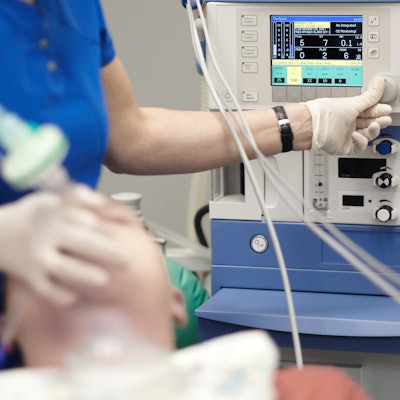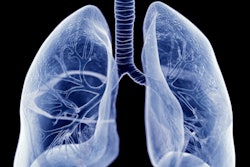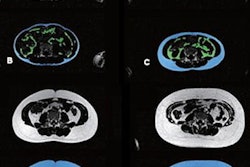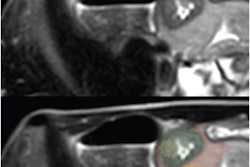
The overall use of sedation and anesthesia has decreased for CT and MRI exams in pediatric emergency departments (EDs), according to findings published August 14 in JAMA Pediatrics.
A team led by Shireen Hayatghaibi, PhD, from the Cincinnati Children's Hospital Medical Center in Ohio found a small, yet significant decrease in use over the course of 11 years, despite "persistent" variation in sedation and anesthesia use for imaging across pediatric EDs.
The U.S. Food and Drug Administration (FDA) released a Drug Safety Communication in 2016 that suggested potential ties between the use of general anesthesia and sedation drugs and neurocognitive deficits in children.
This has led to radiologists working in pediatric medical care to reduce the use of these sedation techniques. However, the researchers pointed out a lack of data showing the system-level impact of such efforts.
Hayatghaibi and co-authors wanted to investigate trends over time in the use of anesthesia and sedation drugs for CT and MRI across pediatric emergency departments. They included cases with children under the age of 18 who underwent imaging and were discharged from the emergency department between January 2012 and December 2022.
The team included data from a total of 33 emergency departments. Included in this are a total of 619,892 encounters involving 559,604 children with an average age of 8.6 years. Of the total encounters, 13.2% (n = 81,783) included administration of sedation drugs and general anesthesia.
The researchers found that the proportion of cases that used sedation drugs and anesthesia decreased from 13.1% in 2012 to 12.1% in 2022 (p < 0.001). However, they also reported that the proportion of encounters with anesthesia varied by hospital, ranging from 4.5% to 24.7%.
On adjusted analysis, the team also found higher odds of receiving anesthesia and sedation drugs for the following groups: children ages one year or older (adjusted odds ratio [AOR], 2.97 to 4.69), children imaged with intravenous contrast material (AOR, 1.81), and children living in rural areas (AOR, 1.12).
Also, the researchers found that after 2017, children with complex chronic conditions had lower odds of exposure to sedation drugs and anesthesia.
Finally, Hayatghaibi et al investigated trends in sedation and anesthesia use in imaging by grouping CT together with MRI, both modalities by themselves, and grouping them with other imaging modalities. With CT as the reference, they found that the AORs ranged from between 1.31 for MRI alone to 4.28 for CT, MRI, and "other" imaging modalities.
"Continued improvement in imaging techniques and development of clinical practice guidelines may further reduce the frequency and variation in sedation and anesthesia use for CT and MRI examinations," Hayatghaibi and colleagues wrote.
The full study can be found here.





















